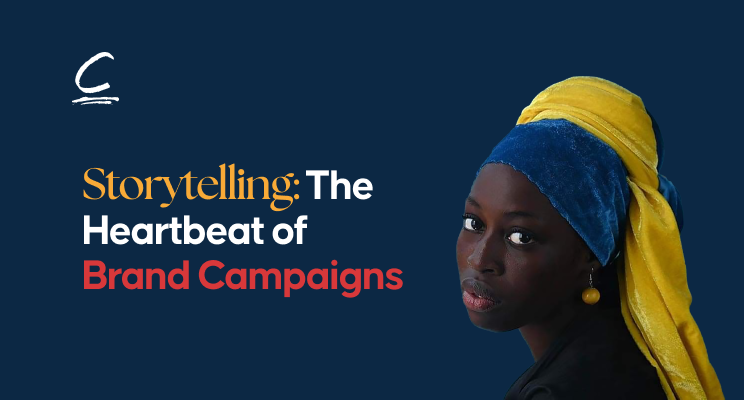
Storytelling for Brand Development
Storytelling is a powerful tool in brand development that goes beyond just telling stories. It’s about creating a narrative that resonates with your audience, building emotional connections, and differentiating your brand in a meaningful way.
Here’s why storytelling matters in brand development:
1. Emotional Connection
– Why it matters: People remember stories more than facts. When your brand tells a compelling story, it creates an emotional bond with your audience. This connection fosters loyalty and trust.
– Example: Think of brands like Apple or Nike. Their storytelling evokes emotions, making customers feel inspired, innovative, or empowered.
2. Differentiation
– Why it matters: In a crowded market, a strong brand story sets you apart from the competition. It highlights what makes your brand unique and why customers should choose you over others.
– Example: A tech startup might differentiate itself by sharing the founder’s journey of overcoming challenges, highlighting innovation and resilience.
3. Humanization
– Why it matters: Storytelling humanizes your brand, making it relatable and approachable. It shows the people, values, and mission behind your products or services.
– Example: A small artisan business might share stories about the craftsmanship and care that goes into each product, emphasizing authenticity and quality.
4. Memorability
– Why it matters: Stories are easier to remember than isolated facts or figures. A well-crafted story ensures that your brand stays in the minds of your audience.
– Example: A corporate agency could use storytelling to showcase successful client projects, making their achievements memorable through engaging narratives.
5. Engagement
– Why it matters: Stories engage audiences more effectively than traditional marketing messages. They captivate attention and encourage interaction.
– Example: A creator might use storytelling to share behind-the-scenes content, drawing their audience into their creative process and fostering a sense of community.
6. Brand Values and Mission
– Why it matters: Storytelling allows you to convey your brand’s values and mission compellingly. It helps align your audience with your brand’s purpose.
– Example: A sustainability-focused business might tell stories about their environmental initiatives, inspiring customers who share those values.
7. Influence and Persuasion
– Why it matters: Stories can influence perceptions and persuade people to take action. They make your message more persuasive by showing, rather than just telling.
– Example: An entrepreneur could tell a story about how their product solved a real-life problem, persuading potential customers of its value.
8. Customer Journey
– Why it matters: Storytelling can map out the customer journey, showing how your brand fits into and enhances their lives. It illustrates the benefits and experiences customers can expect.
– Example: A tech startup might create a narrative around how their app improves daily life, from morning routines to professional productivity.
In essence, storytelling is the art of weaving your brand’s values, mission, and unique qualities into a narrative that captures the hearts and minds of your audience. It’s a crucial element in creating a strong, memorable, and engaging brand.
Let Child Creative Studio help your brand stand out with visual storytelling. Start a project here: childcreativestudio.




Leave a Reply